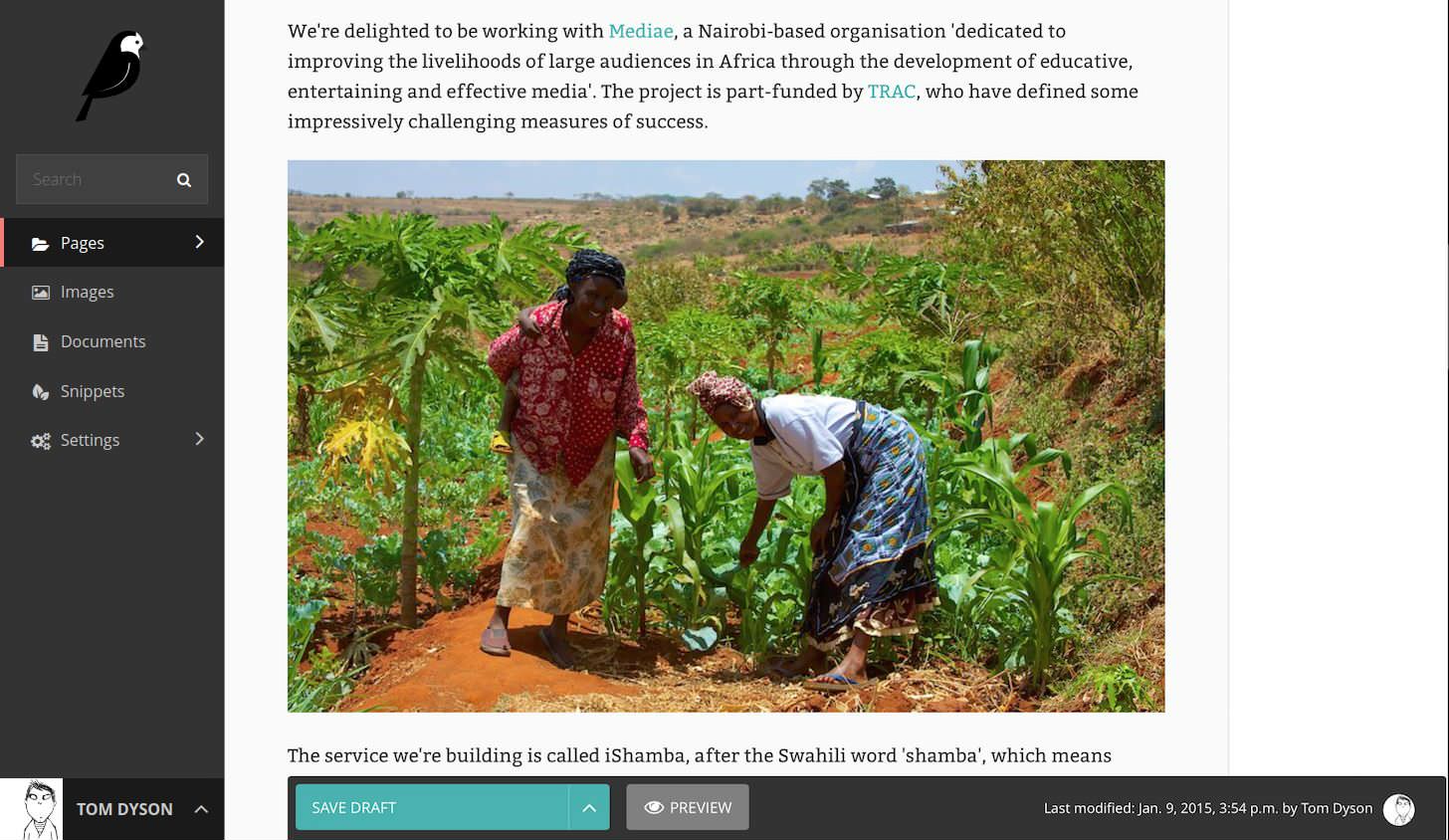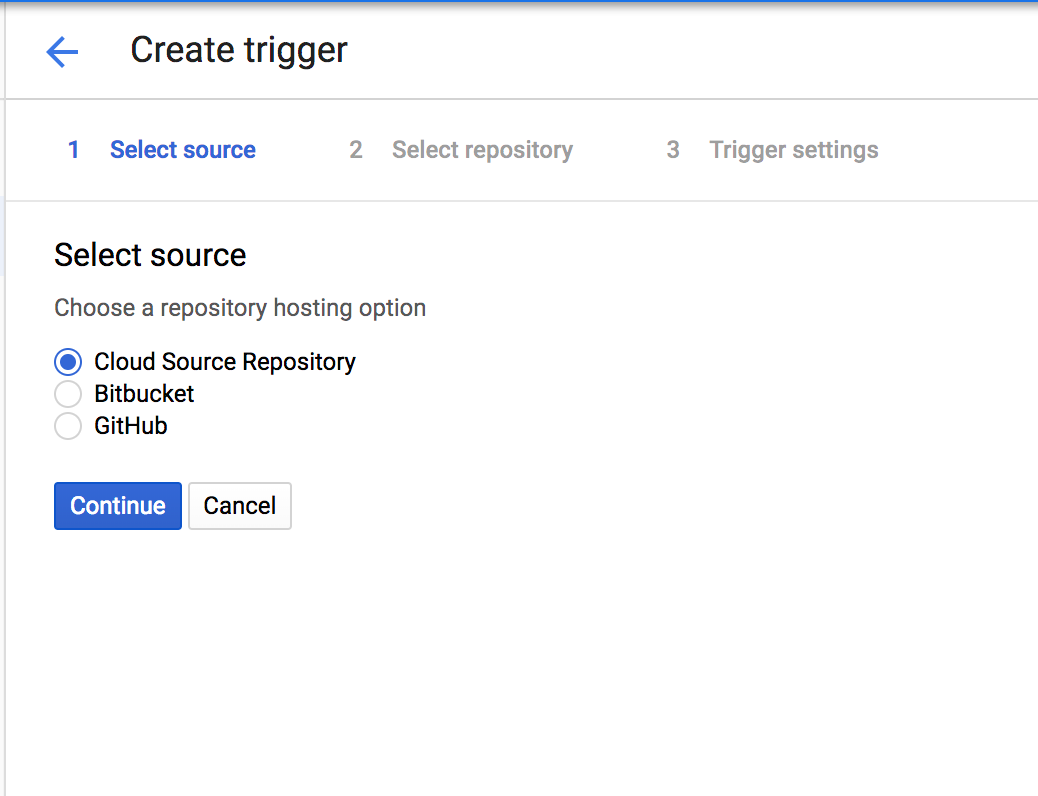
Once you enter the shell, use the below statements to access the MongoEngine models and create sample data as shown below. Go to the project’s root directory and use the flask shell command to access the flask application in Python shell. Let’s save this file and create data using these two models. Similarly, the document Song has a title, a rating field, and a reference field that points to another document, Album.

Rating = IntField(default=0,max_lenth=1) # 1 to 9 Title = StringField(max_lenth=200, required=True, unique=True) Name = StringField(unique=True, required=True, max_lenth=100) from mongoengine import Documentįrom mongoengine import DateTimeField, StringField, ReferenceField, ListField, IntField Now let’s create our first MongoEngine DB model.Ĭreate or edit the file models.py under the app directory and add the following code. Album and Song relationship Flask MongoEngine Given below is the image depicting the same. Using a database designer, we created two tables called Album and Song and defined a one-to-many relationship between Album and Song. We have discussed two famous ORM’s that you can use with MongoDB and Flask. Sudo systemctl status mongod # to check status MongoDB Sudo systemctl stop mongod # to stop MongoDB sudo systemctl start mongod # to start MongoDB Use the below-given commands to manage the MongoDB server on the local machine. We have already configured it with our current flask tutorial example application. MongoDB is a non-relational document-based database. In this section, we will learn how to use ORMs rather than using raw SQL scripts to work with databases in Flask. # The MongoEngine connection string.Īll low-level features of database management by the ORM have been wrapped under Flask Click commands, which we can see using flask fab –help on the command line. Flask-Appbuilder takes the database details on the connection string from the mentioned values. Open the configuration file and notice the below-mentioned values. When using ORMs, the programmers do not have to write complex SQL queries and commands to perform base SQL commands. It overcomes database-specific SQL differences.

Use Migrations to keep a track of database updates.Developers can work with objects instead of tables and SQL.The benefits of using an ORM are listed below:

ORMs under the hood transparently translate the objects (database models) into database commands or SQL statements. Object Relation Mapper, are quite popular. Furthermore, we talk about Flask-MongoEngine, Flask-SQLAlchemy, and Flask MongoAlchemy.

In this tutorial, readers can draw a comparison between the discussed databases.


 0 kommentar(er)
0 kommentar(er)
